The human body is phenomenally resilient while simultaneously remaining incredibly fragile.
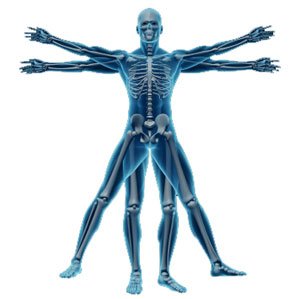
Each person’s body is unique to themselves making it important to also understand how different diseases and injuries might affect a person’s ability to function in exercise and how to overcome any limitations. Exercise science is a field of study made of several focused areas of research which collectively attempts to provide empirical evidence for developing healthy, safe, and beneficial exercise.
My own pursuits...
Researching and understanding the pursuits of exercise science has been of particular interest to me as I heal and maintain my health from injuries and fibromyalgia. I learned a hard lesson about posture and technique when I injured my spine by incorrectly lifting heavy equipment in the military. Being able to maintain proper body alignment and technique during exercise has been invaluable to my journey of healing several spinal injuries.
I have had to learn to pay attention to how heavily I exert myself, both in exercise and daily tasks, and observe patterns in my health because of how stress can affect the symptoms of fibromyalgia. This led me to developing a routine which kept me fit and healthy while not overexerting myself to cause a fibromyalgia flare-up. Unfortunately, due to the also somewhat random nature of fibromyalgia flare-ups, I have over the past year fallen away from these practices into the self-defeating cycle where exercise can help but exercising hurts. Enhancing my own understanding of exercise science is important for my self-care by creating manageable and beneficial routines that I may then pass this wisdom onto future patients.
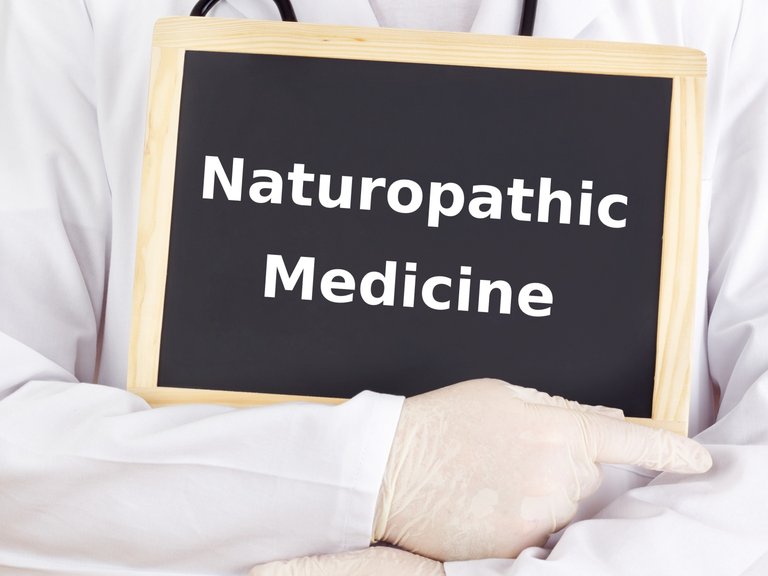
What is exercise science?
Exercise science is the study of physical activity, exercise, sport and athletic performance. Exercise science as a field of study consists of several disciplines. Academic disciplines are specific areas of research with an accumulation of specialist knowledge explicit to that area of study (Krisnan 2009). That said, each of the areas of research in exercise science contains its own organized body of knowledge specific to itself. These disciplines include exercise and clinical exercise physiology, athletic training and sports medicine, exercise and sports nutrition, biomechanics, exercise and sports psychology, and motor behavior (Pottieger 2018).

Exercise physiology studies the physiological response to activity. Clinical exercise physiology is the study of movement and activity for preventing and rehabilitating disease. Athletic training and sports medicine studies how to prevent athletic and sports injuries and how to rehabilitate them. Exercise and sports nutrition studies the nutritional characteristics of disease and health, and how to improve sports performance. Clinical and sports biomechanics studies the mechanics of movement in disease, health, and performance. Exercise and sports psychology is the study of the behavioral and mental components involved with activity and performance. Motor behavior studies the control and improvement of body movement in healthy and diseased individuals (Pottieger 2018).
I would like to be able to research more in the disciplines of exercise and clinical physiology, biomechanics, exercise psychology, and motor behavior. Each of these disciplines can act as building blocks for one another to create a well rounded breadth of knowledge which would allow me to better understand what my patients might be experiencing, how I can help them overcome any limitations, and how I might be able to encourage and motivate them.
The ACSM, a gold standard...
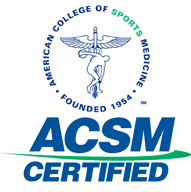
The ACSM has become a key influencer in the in the United States. A formal relationship was developed between the ACSM and the President’s Council on Physical Fitness and Sports and the Office of Disease Prevention and Health Promotion in the department of Health and Human Services in the late 1980s. The U.S. Centers for Disease Control and Prevention and the President’s Council on Physical Fitness and Sports consulted with the ACSM in 1994 to develop new recommendations for physical activity from which the Surgeon General published guidelines for the amount of physical activity required for significant benefits and to lower the chances of developing chronic disease (Pottieger 2018). Although each person has a unique body, guidelines like the ones published and influenced by the ACSM allow for a generalized starting place for healing and maintaining health so as to not injure or further injure oneself.
In conclusion...
Exercise science is an area of study which is composed of multiple different academic disciplines each with their own formal bodies of knowledge. Each of these disciplines uses empirical science to reach conclusions and set standards in relation to developing healthy, substantially beneficial, and safe exercise. Physical activity being distinctly different from exercise, physical activity is any of the daily movements which occur due to typical life situations, job-related activity, leisure activity, and activities like chores around the house. Exercise is conscious, formalized activity performed in a structured manner. The ACSM has become a leader in exercise science with research which has influenced and molded public opinion and official policies globally. Exercise can be fun but injuries can easily occur when performed poorly. Thus, it is important for individuals, and especially medical practitioners, to have some basic understanding of the guidelines developed through scientific research.
Citations
- Potteiger, Jeffrey Aaron. ACSMs Introduction to Exercise Science. Wolters Kluwer, 2018. pp. 6-38.
- Krishnan, Armin. “What are Academic Disciplines?” National Centre for Research Methods Working Paper, Series 03/09, January, 2009.
Image Sources
Image 1
Image 2
Image 3
Image 4
 )
)
Earn Instantly For Writing Good Natural Health Content
FREE account by emailing [email protected]. Read more about us on our Welcome Page. We support writers sharing about herbalism, TCM, yoga, meditation, vegan and other healthy diets, as well as earth centred practices such as foraging, permaculture and biodynamics.
Please consider delegating to help keep this collective going. For any questions, come ask in our friendly Discord here !
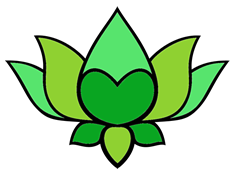
LOVELAUGHTER&&XHAOS
Cat-herder aka Chief Bigstick
High Priest, Church of Erin
Erisian Ataxia Troupe : Caste of the Black Star
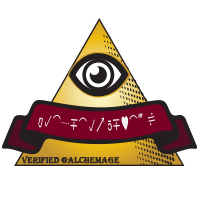
Exercise science is something that's brought into the yoga world a lot by yoga teachers who've previously studied physical sciences, anatomy etc. I always appreciate it in my yoga class - it gives me a bette runderstanding of how it all works. x
The best yoga instructors I've ever had definitely incorporated exercise science. I'm right with you in the appreciation. It's certainly very nice to know what is going on!
If you appreciate the work we are doing, then consider supporting our witness @stem.witness. Additional witness support to the curie witness would be appreciated as well.
For additional information please join us on the SteemSTEM discord and to get to know the rest of the community!
Please consider using the stem.openhive.network app and including @steemstem as a beneficiary of this post. This could yield a stronger support.
I can see where having that knowledge could be beneficial when you become a practicing Naturopathic Doctor to be able to incorporate safe, health improving exercises!
Thanks for sharing!